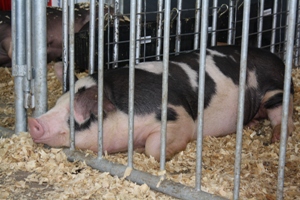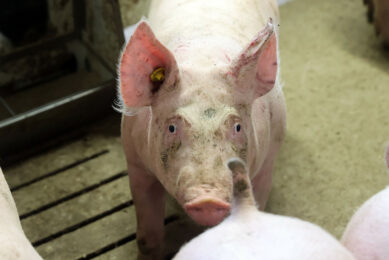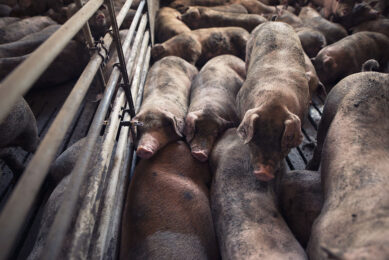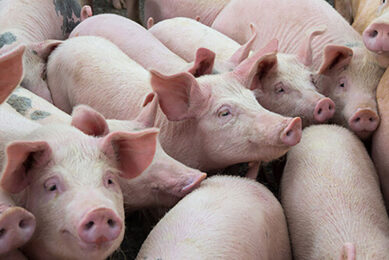Swine at farm fairs associated with 305 cases of influenza A

The United States Centers for Disease Control have reported that since July 2012, 305 human cases of infection with influenza A (H3N2) variant virus have occurred in multiple states, primarily associated with swine exposure at agricultural fairs.
In Ohio, from 28 July to 25 September, 2012, a total of 106 confirmed H3N2 variant cases were identified through enhanced surveillance.
Whereas most H3N2 variant patients experienced mild, self-limited influenza-like illness, 11 of the Ohio patients were hospitalised, representing 69% of all H3N2 variant hospitalisations in the United States. Of these hospitalised H3N2v patients, six were at increased risk for influenza complications because of age or underlying medical conditions, including the only H3N2 variant-associated fatality reported in the United States to date.
Clinical features
The CDC report summarises the epidemiology and clinical features of the 11 hospitalised H3N2 variant patients in Ohio. These findings reinforce the recommendation for persons at high risk for influenza complications to avoid swine exposure at agricultural fairs this fall. In addition, persons not at high risk for influenza complications who wish to reduce their risk for infection with influenza viruses circulating among pigs also should avoid swine and swine barns at agricultural fairs this fall.
Of the hospitalised patients described in this report, ten of 11 were children, and six of 11 were considered at high risk for influenza complications because they were aged under 5 years or had underlying medical conditions. All hospitalisations were brief, and severe illness was observed only in the patient who died. Six patients reported direct contact with pigs at agricultural fairs.
Among four patients with indirect swine exposure at fairs, three reported two or more days of fair attendance. One patient had no reported swine exposure.
The CDC revealed these data in its Morbidity and Mortality Weekly Report.
Related website:
• Centers for Disease Control











